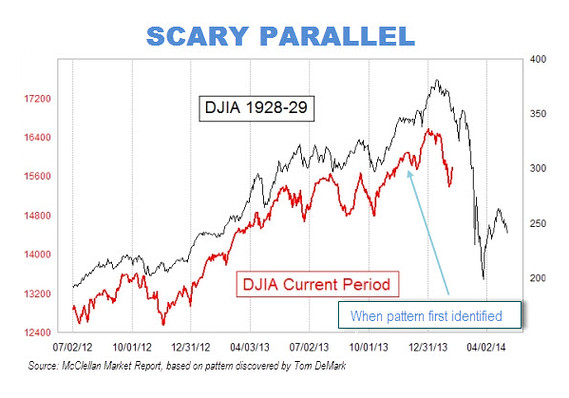Technical analysis (predicting future stock prices by analyzing past price trends) is voodoo. Technical analysts don't care about a company's revenue, or cash flow, or the balance sheet, or return on assets, or anything relating to actual business operations. They buy and sell based only on stock price fluctuations. Their usual focus is on shorter-term trading. That's speculating--not real investing. From what I've read, the best results come over the long term (meaning 10-20 years.) Especially by buying value stocks--whose prices are down, but still have a sound business model and strong finances. That's how Warren Buffett invests. And if you don't have the expertise to analyze a company's fundamentals (which I don't) then buy shares in a value-oriented mutual fund. Or in Buffett's company, Berkshire Hathaway (which I do.) Be prepared for ups and downs. (If it's a good company, when the price is down, the stock is an even better value. That's when you should buy more.) I'm convinced that over the next 10-20 years, you'll make money.






